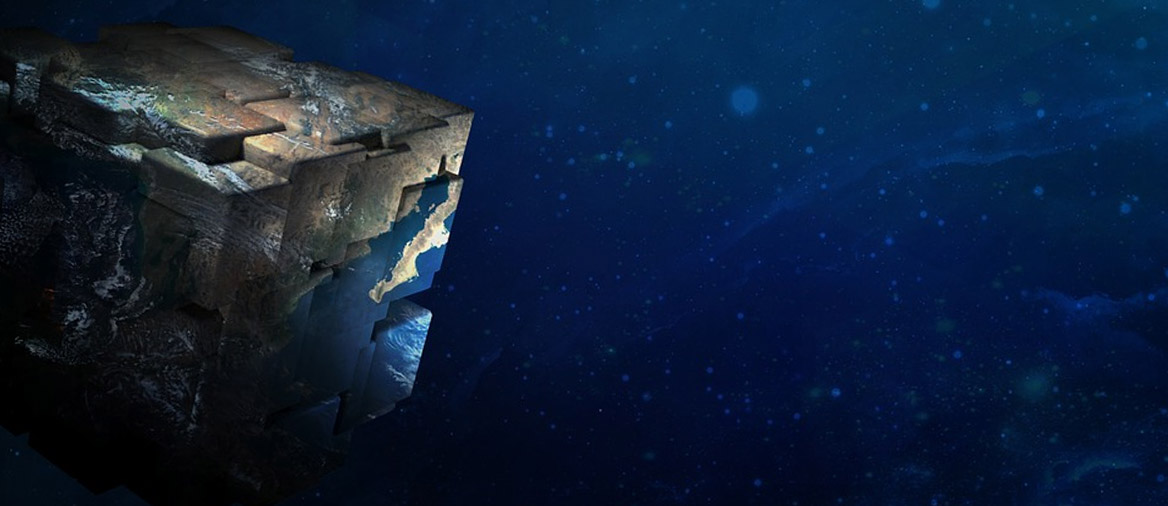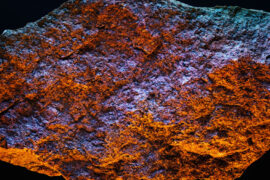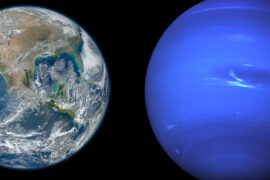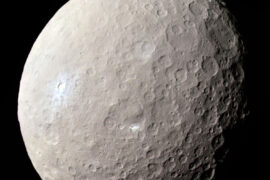We have all seen cartoons or sci-fi shows where the heroes travel through space and inevitably run into a planet shaped like a cube.
However, all the eight planets that we know in the Solar system are spherical. Could such a planet exist in real life?
In this article, we’ll take a look at the myths and realities of square planets and answer all your questions about the subject. Let’s get right to it.
Can a square planet exist?
The short answer is no. There are no square or cube-shaped planets in the universe. This is because of a physics effect called “hydrostatic equilibrium”. I’ll spare you all the complicated details about it, but it basically means that once an object reaches a certain size, its own gravity is going to pull its own matter toward the center, shaping it like a sphere.
As a matter of fact, one of the three requisites for an object to be classified as a planet is that it has achieved hydrostatic equilibrium. The other two are that it must orbit a star and that it must have cleared its orbit of other large objects.
This means that all the planets that we will find in the future will also have a spherical shape, even those in other star systems and galaxies. It is also the reason why objects that are larger than planets, like stars, are also circular.
How about smaller objects?
So, if planets can’t be shaped like a cube because of their size, how about smaller objects like asteroids or comets?
It could be theoretically possible to find a small asteroid or meteor shaped like a cube, but it would be highly unlikely. Asteroids are formed through a process called accretion where many little pieces of rock and dust clump together to form larger pieces. This process is very chaotic and involves lots of collisions that leave asteroids with very irregular shapes. As a result, it would be very improbable to find an object that was lucky enough to be precisely shaped like a cube.
Artificial square planets
In Star Trek, the Borg collective traveled on spaceships called Borg Cubes which were artificial planet-sized structures. Could those or similar artificial square planets exist in real life?
It would be very unlikely for a planet-sized structure to be able to be shaped like a cube. The physics law mentioned above about gravity shaping big objects like a sphere still applies. So, if this theoretical structure had a constant mass from its center, it would start to bend until it became spherical.
The only way I could see for a giant structure to be shaped like a sphere is if it was hollow and didn’t have a core, but the civilization that built it would have to really like cubes because it wouldn’t be very practical to build, and would probably be too fragile.
Another option would be if the civilization had a power source that could constantly be fighting against the own gravity of the structure. That is way above my pay grade in terms of physics knowledge so I’m not going to try and theorize about it, but it would seem like a huge waste of energy and resources.
Summary
- There are no square-shaped or cube-shaped planets in the universe
- Planets and large objects in the universe are always spherical because of gravity
- An artificial square planet could be possible, but highly impractical.







